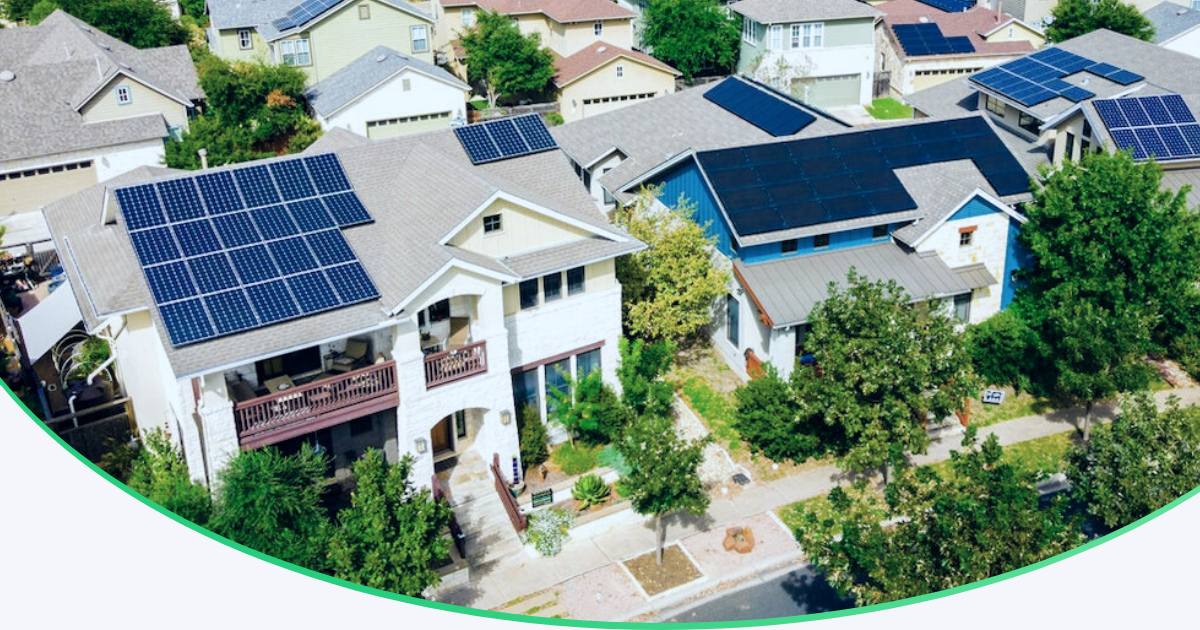The average citizen and climate change: how to focus on what matters
Here’s how to do your part in taking action against climate change if you want what’s best for your descendants, your community and the planet.
Humanity is at the last moment when it still has a realistic chance to prevent an irreversible global climate catastrophe, summarizes the global climate change situation in the latest sixth report of the Intergovernmental Panel on Climate Change (IPCC), based on decades of work by hundreds of climate scientists.
Today, the majority of humanity, relying on reason and science, does not dispute that human activities are the main cause of climate change. Among these, the main culprit is the dramatic rise in carbon dioxide emissions, which have grown enormously over the last two hundred years as a result of energy production, industrialization and transport. In addition, livestock farming and agriculture, which feeds nearly 8 billion people, have put increasing pressure on the planet’s ecosystem.
The good news is that, as humans are the cause of these activities, rules and incentives can be put in place to change production, consumption, transport and lifestyle patterns, albeit at the cost of drastic changes.
This is why we all need to play our part in taking collective action against climate change.
But it is not nearly enough to say: ‘I collect my rubbish separately at home because I care about the environment’.
Energy consumption is relevant in every aspect of our lives. Everything from the heating and power supply of our house or household, through energy efficiency, the form of mobility we choose for our daily transport, our shopping habits and, more broadly, our consumption habits, all contribute to our greenhouse gas emissions as consumers.
That is why it is important to start at home to make our lives more energy efficient.
Firstly, because the average European lives on a large carbon footprint in global comparison. More broadly speaking if people, companies and governments around the world do not change their energy production, transport manufacturing and consumption and recycling habits, they will face climate and natural changes that could threaten the very existence of humanity within half a century. One such specific threat is the weakening or stoppage of the Gulf Stream, which would turn Europe into a much colder continent in a few years. What now appears to be more frequent storms, more heat in summer, less snow in winter, will soon take the form of much more significant climatic changes.
We have to be honest, we as a humanity most probably will have to change the way we live rapidly and radically. Even if our lives were more comfortable yesterday than they will be a decade from now – it will be the price humans have to pay for their nature and earth resource overuse, pollution and carbon emission.
The era of ‘free’ carbon emissions, whether for production or consumption, is over.
What can you do at home?
It’s worth starting with an honest facing to get a real picture of the size of your carbon footprint. How many times and how far I fly in a year, how much I heat my home, how much I drive around town, how much meat I eat, what other major energy-using hobbies I have, and so on. There are many good calculators on the internet to help structure our thinking.
The four largest contributors to greenhouse gas emissions from households and individuals are heating and electricity use, transport, agricultural products and, finally, everything else that consumers buy.
Broadly speaking, in an average household, heating and cooling accounts for 17%, lighting and electrical appliances including kitchen appliances account for 15%, or a third of the total greenhouse gas emissions from direct energy use. The other big slice of our emissions pie is transport with 28%. Using public transport instead of cars, electric motors instead of combustion engines, regular urban cycling- electric biking and e-scooter us in urban environment can make a huge difference to our own energy use.
The third big slice is agriculture, food and drink, especially the consumption of meat and dairy products with high CO2 emissions.
Finally, emissions from the production, transport, use and end-of-life recycling of purchased goods account for slightly more than a quarter of individual consumption.
Along these proportions, the biggest change for the consumer is to look at the source of energy (gas, renewable, nuclear, etc.) used for heating and electricity. How energy efficient the building in which we live is and what can be done to improve its efficiency. Likewise, moving towards electromobility in our daily and especially urban transport choices can lead to a significant emission saving. It is no longer science fiction to use solar energy from our own rooftops to heat and run our water, charge the e-bikes we use to take the children to school and power our other electrical appliances.
In the near future, solar systems could become a household staple like the refrigerator in the 1960s, the color TV in the 1970s and the desktop computer in the 1990s.
What’s more, by installing solar panels on your roof, you can go from being a passive energy consumer to an active user, a so-called prosumer, while at the same time – thanks to a new EU regulation – you can create renewable energy communities. Sustainable energy supply, community cohesion and cheaper energy production are just some of the key benefits of switching.
Join the rising.eco renewable energy community and embark on a cheaper, green and sustainable path to self-sufficiency.
(Image source: istock.com)
Tags:
